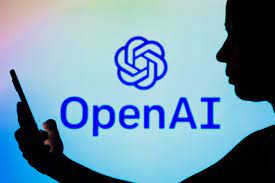ChatGPT in Classrooms: Pros and Cons of the Controversial Technology

January 25, 2023
As the education system continues to evolve, the use of technology in the classroom has become a prevalent topic of discussion. One technology that has recently gained attention is ChatGPT, a state-of-the-art language model developed by OpenAI. This technology has been implemented in several schools as an educational tool and has sparked a debate about its potential benefits and drawbacks for students.
Supporters claim using ChatGPT in education allows students to receive help with language and math skills without the need for an instructor. The model has been trained on a vast amount of text data, which allows it to generate human-like responses to student queries. This could be used to help students improve their grammar, vocabulary, and writing skills, and lessen the workload on teachers. Additionally, ChatGPT can provide personalized learning experiences, tailoring responses to a student’s specific needs and level of understanding.
However, there are also concerns about the use of ChatGPT in education. One of the major issues is the potential for the model to perpetuate bias and misinformation, as it has been trained on a large amount of data from the internet, which may contain inaccuracies, outdated information and offensive language. Additionally, there are concerns that the use of ChatGPT may lead to a decrease in critical thinking skills, as students may rely too heavily on the model for answers instead of using their own reasoning and problem-solving abilities.
Another major concern is the possibility of students using ChatGPT to cheat on assignments and exams. With the model’s advanced language capabilities, students may be able to use it to generate answers to questions without truly understanding the material. Some students will be able to entirely skip writing assignments, leading to a decrease in reading ability and comprehension.
Overall, while ChatGPT has the potential to be a valuable tool in education, it is important to consider the potential drawbacks and to use it responsibly. Further research and development is needed to address the ethical concerns and to ensure that the model is used in a way that benefits students and does not perpetuate bias, misinformation or cheating.



